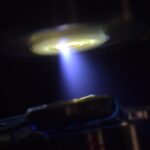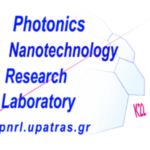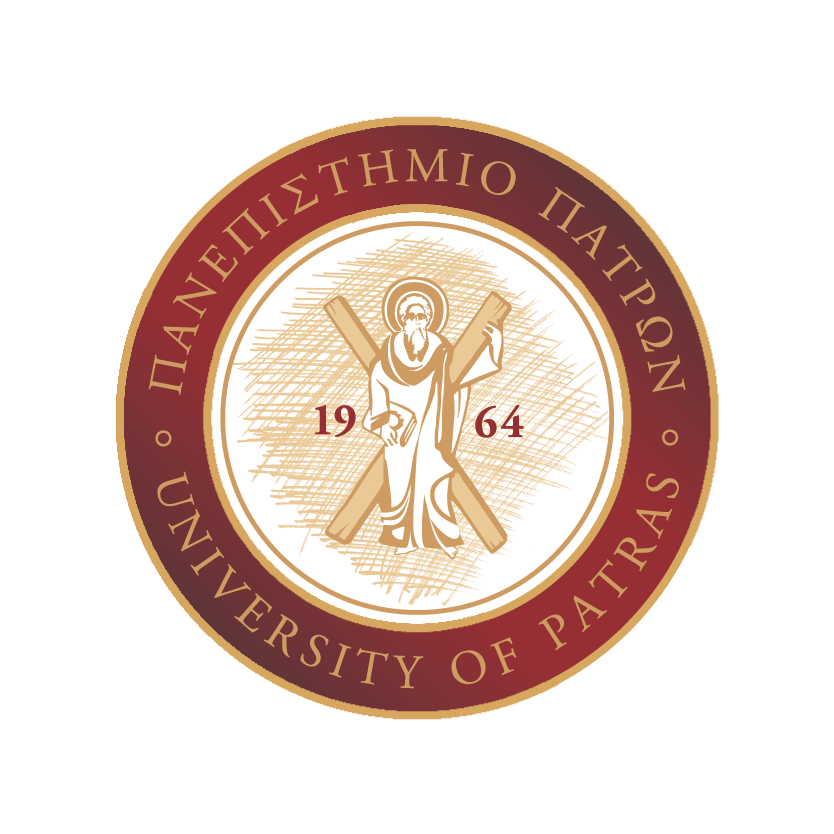
APPLICATIONS
PNRL focuses its actions on specific applications of major interest by developing low-complexity, low- cost advanced devices using alternative materials and nanostructures developed in house. The team undertakes the optical design and optoelectronic integration of experimental and preindustrial prototypes commencing from TRL1 and advancing to TRL5 demonstration the operation.
The deployment of alternative functional materials combined with innovative nanofabrication methods allows the realization of a range of unique functionalities. Their performance is based on phenomena drawn of the nanocomposite materials nature and interactions with externally applied physical or chemical agents via the incorporated nanostructured interphases. Interferometric, diffractive and plasmonic effects offer the means for realizing a range of environmental and biological sensors, while designer interphases allow interrogation and light-management. They are combined with advanced hydrodynamic interfaces to yield novel optofluidic effects and energy efficient devices.
PNRL’s Current Research highlights include:
- Functional Laser-based nanolayered growth on 3D micromachines and photonics components is a unique approach of coating miniature structures of complex and interweaved stereometric forms. In such cases, liquid coatings are clearly inappropriate due to capillary effects, while the use of conventional sputtering methods do now enable the application of materials such as hybrid nanocomposites and sensitive transparent biopolymers for biocompatible and biodegradable photonic devices.
- Photonic and plasmonic sensors for environmental and food contamination monitoring. They are based on purely passive operations resulting from the interaction of the material with the external chemical or biological agent. Sensor response if optically monitored by remote point laser-interrogation, with no physical contact or any power supplied to the device. Plasmonic biosensors developed extend beyond the state-of-the-art by use of niche nanostructures and radiative effects in free-space or optical waveguides.
- Ultralight aerogel and xerogel nanostructures offer novel platform for sensing in ambient gaseous environment. They are taking advantage of the low refractive index and the porous nature of the solids to detect ultra-low responses.
- Novel Micro and Nano-optical elements by nanosystolic processing enable advanced the realization of nanosensing concepts at the nanoscale and the molecular range.
- Artificial designer forms and Bio-architectural nanodevices emerge in novel implementations of sensors, light-managers and hydrodynamic interfaces of extremely low drag.
- Special optical designs, laser beam delivery devicesm interferometers and waveguides are implemented together with respective methodological protocols for industrial environmental and medical applications.
© 2022 All Rights Reserved.

